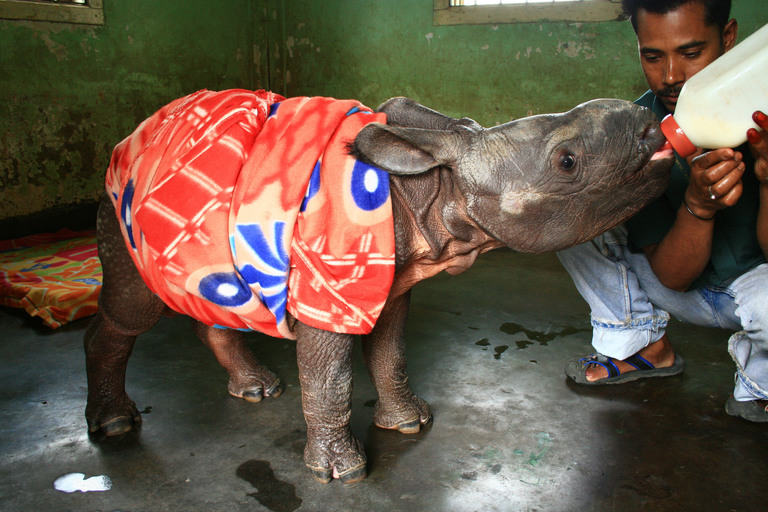Understanding the Demand for Animal Control Burlington in Urban Environments
Wiki Article
Usual Difficulties and Solutions in Urban Wild Animals Removal Initiatives
Urban settings present distinct difficulties for wildlife monitoring professionals tasked with eliminating or handling wild animals populaces. These obstacles often converge with moral factors to consider, lawful structures, and the safety and security of both human beings and pets. Public resistance and false impressions better make complex these initiatives, demanding cutting-edge, non-lethal remedies and durable area outreach. Understanding the intricacies associated with metropolitan wildlife removal is vital for establishing methods that stabilize human safety and security with wild animals well-being. What methods have shown most effective, and how can communities be much better engaged to support these initiatives? This discussion looks for to discover the elaborate balance needed for effective metropolitan wildlife monitoring.Ethical Wild Animals Management
Dealing with the complexities of ethical wild animals management requires an equilibrium between human passions and the preservation of wild animals communities. In urban setups, this balance comes to be significantly difficult as human growth encroaches on wild animals habitats, causing frequent human-animal interactions. Moral wildlife administration in these environments needs strategies that focus on gentle treatment of animals while minimizing potential disputes.Among the core principles in moral wild animals management is the avoidance of injury. This involves utilizing non-lethal approaches for wildlife removal, such as exclusion techniques that stop pets from entering human homes, or utilizing deterrents that lead them away from urban areas. Wildlife professionals are tasked with utilizing approaches that decrease stress and injury to the animals, ensuring their welfare is thought about along with human safety.
It is vital to evaluate the ecological duties of metropolitan wild animals and exactly how their removal could affect local biodiversity. Inevitably, reliable honest wildlife monitoring entails collaboration between conservationists, policymakers, and the public to sustain metropolitan communities.
Navigating Legal Limitations
Browsing the lawful landscape of metropolitan wild animals elimination presents a complicated layer to the currently challenging job of ethical wildlife administration. These regulations vary considerably throughout areas, necessitating extensive understanding and conformity from those entailed in wildlife administration - wildlife rescue burlington.One significant obstacle is the consistent evolution of these laws, typically driven by ecological adjustments and social perspectives in the direction of wild animals preservation. As such, professionals must remain informed about present legal requirements and upcoming legislative adjustments. Non-compliance can result in significant penalties, legal ramifications, and reputational damages.
In addition, cooperation with neighborhood authorities can be important in browsing these limitations efficiently. Structure partnerships with wild animals companies and legal specialists can give useful insights and advice. This collaboration makes certain that removal efforts are not just legal but additionally straighten with wider conservation objectives. Therefore, understanding and sticking to lawful frameworks is not merely a step-by-step requirement but a basic element of lasting and accountable urban wild animals administration.

Safety in Removal Practices
Making certain safety and security in wild animals removal methods is extremely important to shielding both animal and human well-being. A main issue in wildlife elimination is the capacity for injury or illness transmission to people, demanding the usage of personal protective tools (PPE) such as goggles, masks, and handwear covers.
Safe removal techniques likewise consist of the usage of gentle traps designed to protect against injury. These traps have to be frequently kept an eye on to ensure that pets are not left in distress. Additionally, it is essential to follow standards that dictate the ideal handling, transport, and launch of recorded wild animals, ensuring that the pets are gone back to suitable environments where they can thrive without posing further dangers blog here to city environments.
Moreover, education and training for those entailed in wildlife removal are crucial. This ensures that all celebrations know the most recent security methods and strategies, thereby reducing the chance of accidents and promoting a harmonious coexistence between city occupants and wildlife.
Innovative Deterrent Solutions
While safety and security in wild animals removal is important, stopping experiences with city wild animals via cutting-edge deterrent solutions can considerably minimize the need for such interventions. Urban atmospheres, with their wealth of food and sanctuary, usually bring in wild animals like squirrels, pigeons, and raccoons, causing prospective disputes. Improvements in modern technology and style have actually led the method for innovative and effective deterrent approaches that decrease wild animals existence without damage.One such remedy is the usage of ultrasonic devices, which discharge high-frequency audios faint to human beings however unpleasant for various wildlife species, driving them away from certain areas. Additionally, motion-activated sprinklers can deter pets by stunning them with unexpected bursts of water, properly discouraging their return. These devices are particularly valuable in securing gardens and environment-friendly areas from foraging animals.

Moreover, the combination of wise lighting systems that change their illumination and color can interrupt the nighttime activities of specific wild animals, decreasing their convenience in urban settings. Physical obstacles, such as bird spikes and nettings, proceed to act as sensible deterrents, preventing animals from nesting or roosting in unwanted locations. Stressing humane and environment-friendly strategies, these advancements hold assurance for sustainable urban wildlife monitoring.
Area Education Efforts
Comprehending the relevance of community education efforts is critical in dealing with metropolitan wildlife difficulties properly. Such campaigns play a significant role in fostering coexistence between people and wild animals in metropolitan setups by increasing recognition and advertising liable actions. Enlightening homeowners about local wild animals varieties, their environments, and actions can lower misconceptions and anxiety, bring about even more informed choices pertaining to wild animals monitoring.Neighborhood education and learning efforts often include workshops, seminars, and outreach programs designed to engage homeowners of every ages. These campaigns can concentrate on useful guidance, such as securing waste containers, mounting bird-friendly frameworks, and staying clear of feeding wildlife, which helps prevent bring in pets into urban locations. By distributing knowledge about the eco-friendly functions of wildlife, communities look at this site can change point of views from seeing animals as hassles to acknowledging their value within city ecological communities.
In addition, education campaigns can equip neighborhoods to take part proactively in preservation efforts. Homeowners who recognize the relevance of wildlife conservation are more probable to support humane elimination techniques and environment protection actions. Efficient community education calls for partnership in between local authorities, wild animals professionals, and area leaders to establish tailored programs that deal with particular metropolitan wildlife concerns. Such cooperation makes sure that educational initiatives are both relevant and impactful, fostering unified metropolitan settings.
Verdict
Urban wildlife removal requires a multifaceted method, resolving moral monitoring, legal conformity, and safety and security in elimination techniques. Employing cutting-edge deterrent services and prioritizing non-lethal approaches are critical for mitigating human-wildlife dispute. Neighborhood education and learning efforts play a substantial duty in changing assumptions and motivating coexistence by promoting an understanding of wildlife behavior and reducing attractants. Effective metropolitan wildlife monitoring pivots on partnership amongst locals, authorities, and professionals, ensuring strategies that safeguard human safety and security while appreciating wildlife well-being.Urban atmospheres existing distinct obstacles for wildlife administration specialists charged with handling or eliminating wild animals populations. Comprehending the intricacies involved in metropolitan wild useful source animals removal is vital for developing techniques that stabilize human safety with wildlife welfare.Browsing the legal landscape of metropolitan wild animals elimination presents a complicated layer to the currently tough task of ethical wildlife administration.While safety and security in wildlife removal is vital, avoiding experiences with city wild animals via innovative deterrent services can substantially lower the demand for such treatments. Successful urban wildlife administration pivots on cooperation among professionals, authorities, and homeowners, making sure approaches that guard human safety and security while valuing wild animals well-being.
Report this wiki page